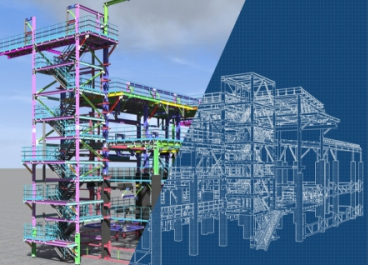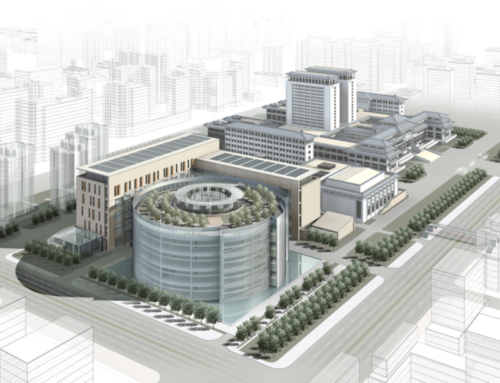Some of the challenges faced by construction projects are material wastage, construction rework, improper utilization of skilled resources, and design conflicts. These usually occur when various disciplines of the construction project work in silos. This is where federated BIM comes to play. It brings together the chosen components from different areas to a common data environment. This collaboration that allows for use and need-based information pooling increases coordination, avoids loss of information, decreases rework, and allows for better management of a project.
Benefits Of A Federated BIM Model
Different individual models that originate from various construction disciplines can be viewed on a single tool in a federated BIM model. Even though different multidisciplinary models connect in a federated BIM model, they remain distinct, maintain authorship, and cannot be altered by others without authorization. Some of the benefits of the federated BIM model are discussed below.
Improved Coordination
The incorporation of multidisciplinary models into a single one allows for seamless coordination and increases transparency among project stakeholders. In addition, it offers an improved understanding of design intent across different disciplines of the project.
Better Clash Avoidance And Decreased Rework
Clashes can be easily detected at an early stage with federated BIM. This is made possible with the visibility offered by the incorporation of different models into a lone platform. Resolving the clashes early on will help to avoid costly rework by decreasing revisions and iterations.
Improved Estimation
A federated BIM is information-rich as it brings together on a single platform, graphical and nongraphical data from different sources linked to spreadsheets, components, drawings, etc. The visibility across projects allows making exact estimation of project costs.
Improved Management Of Project
Federated BIM can be used for clash detection, approval processes, design coordination, clash avoidance, design development, estimation, etc. Therefore, it helps in reaching informed decisions, fewer claims, decreased clashes, improved allocation of resources, and reduced litigation.
Customized And Flexible Sharing Of Data
A federated BIM model allows for the selective sharing of data as per the requirements of individual projects. Project stakeholders may share only a part of the complete details based on the requirement of the project.
These benefits are not without any associated operational challenges. These challenges include setting up and evaluating revised internal checks, establishing responsive modification and revision management systems, etc. However, these can be easily overcome, given the bigger gains of federated BIM models.






